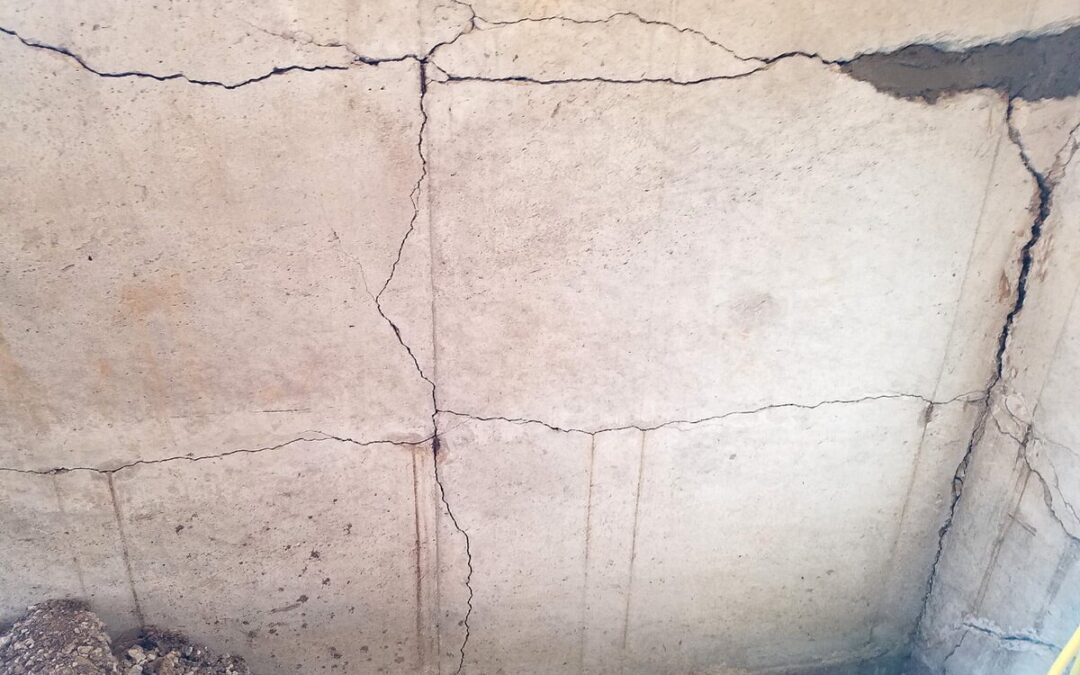Every homeowner fears the sight of cracks in their foundation. But when do these signs actually spell trouble? Here’s a practical guide based on insights from various experts, tailored to help you navigate the nuances of foundation issues confidently.
Understanding Foundation Cracks
Foundation cracks come in many shapes and sizes, each with its own implications for your home’s structural integrity. Generally, these cracks are categorized into two types: structural and non-structural.
Structural Cracks
These are the ones that should raise a red flag. Structural cracks are often caused by differential settlement, hydrostatic pressure, or even seismic activity. They can appear as horizontal cracks, stair-step cracks in brick or masonry, or large diagonal cracks that signify significant movement of your foundation. Such cracks are often wider than 1/10 inch and may widen at one end or grow over time. The presence of multiple vertical cracks clustered together is also a sign of structural concerns.
Non-Structural Cracks
Usually less worrying, non-structural cracks are primarily caused by concrete shrinkage during the curing process. These cracks are typically thin, do not change over time, and do not affect the foundation’s ability to bear loads. However, they can still allow moisture into your home, so they shouldn’t be ignored entirely.
When to Worry About Foundation Cracks
As a rule of thumb, it’s the characteristics of the crack that dictate the level of concern:
- Width and Growth: Cracks wider than 1/10 inch or those that are visibly expanding should be inspected.
- Location and Pattern: Horizontal cracks and stair-step patterns in masonry or along the joints of concrete blocks suggest serious issues.
- Accompanying Symptoms: If cracks are accompanied by other signs of foundation failure, like doors and windows that stick or unlevel floors, it’s time to seek professional advice.
How to Respond to Foundation Cracks
Early intervention can prevent minor cracks from becoming major expenses. Here’s how you can address different types of foundation cracks:
For Non-Structural Cracks
- Monitoring: Keep an eye on them to ensure they don’t widen.
- Sealing: Use sealants to prevent water ingress, which can exacerbate the situation.
For Structural Cracks
- Professional Inspection: Have a foundation repair professional or structural engineer assess the situation.
- Repair Options: Depending on the crack’s nature and severity, options range from epoxy injections and carbon fiber straps for minor issues to underpinning with piers for significant foundation movement.
Preventive Measures
Prevention is always better than cure. Maintaining proper drainage around your home, ensuring the soil around the foundation doesn’t become too dry or wet, and regularly cleaning your gutters can prevent conditions that lead to foundation cracks.
Conclusion
While not all foundation cracks are cause for panic, ignoring them is not advisable. By understanding the type of crack and its implications, you can take timely action to protect your home’s structural integrity and ensure your peace of mind. If you’re unsure about the severity of a crack, or if you’ve noticed some of the warning signs mentioned, don’t hesitate to contact Foundation 1 for an expert evaluation. Protecting your home starts with addressing these potential issues early.

